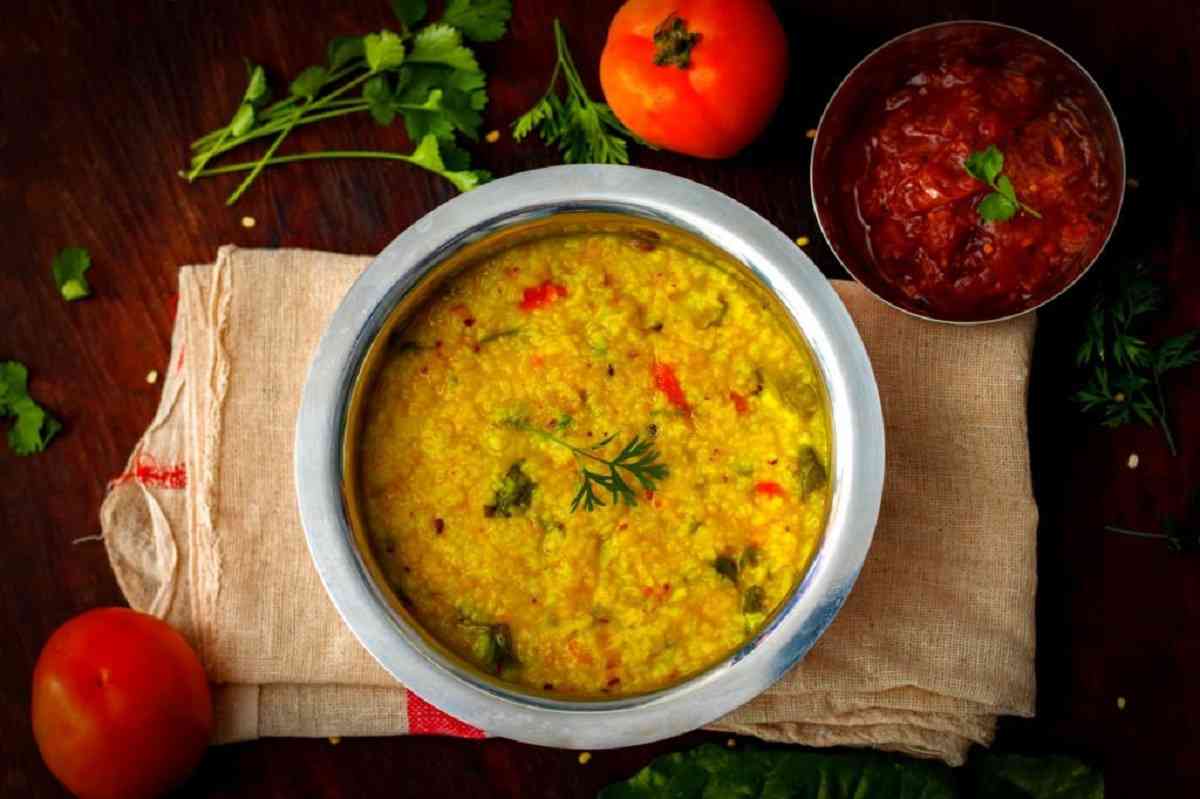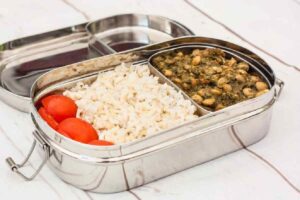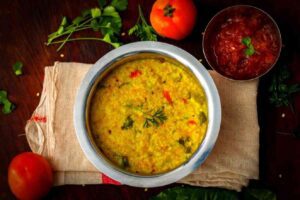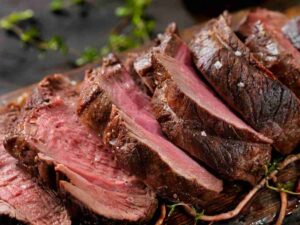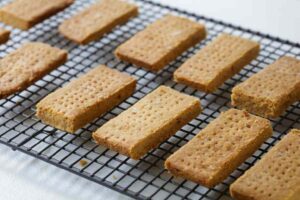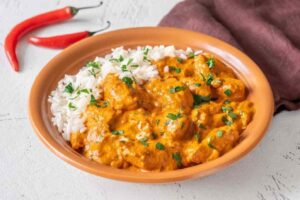Kichri (sometimes known as khichdi) is an iconic dish that holds a special place in many cultures around the globe. Since its humble origins, khichdi has evolved into a beloved comfort food enjoyed by people of all ages and tastes alike. Made up of delicious rice, lentils, and aromatic spices cooked together for maximum harmony and nutrition – this flavorful treat provides both sustenance and pleasure simultaneously!
Khichdi is an ancient dish with a rich legacy dating back centuries, revered for its versatile use and nutritional benefits, and thought to have originated from India’s subcontinent, where it served as a balanced and easy-to-digest meal. Now it has found its way across various regions around the globe with each country offering its own take and adaptations of this timeless classic dish.
Table of contents
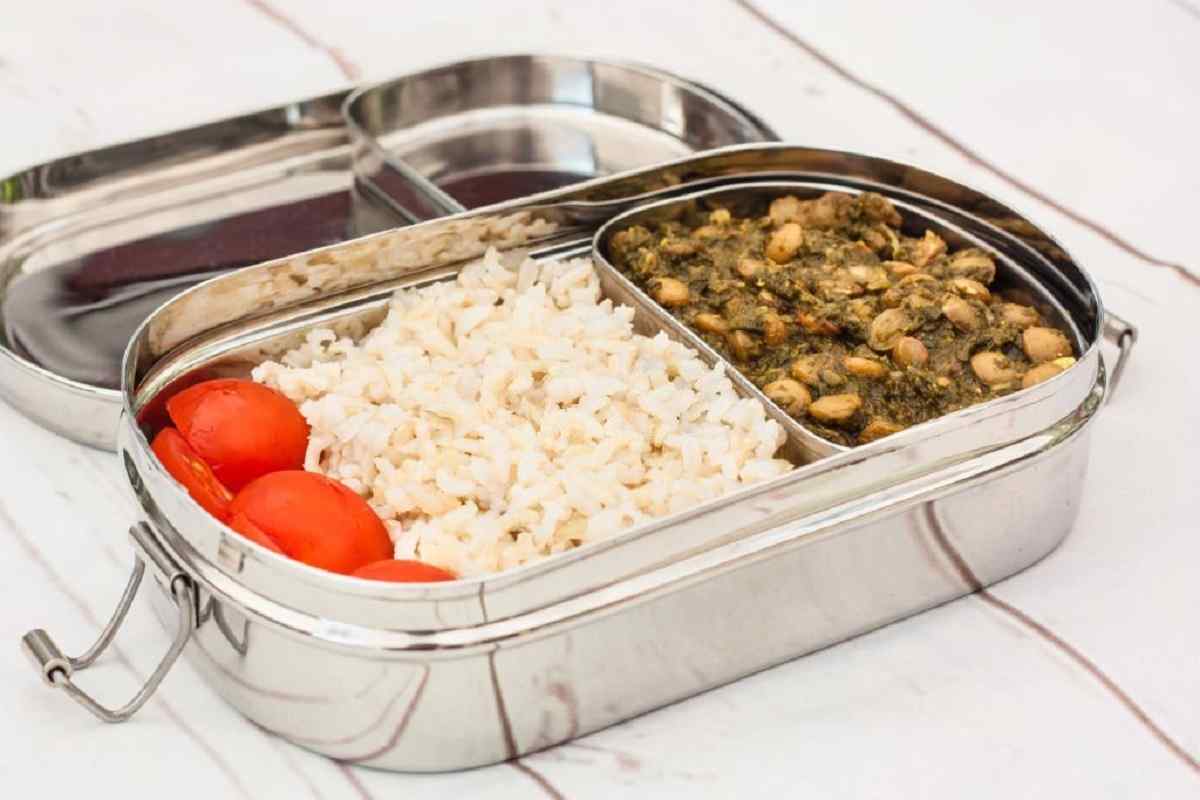
The History of Kichri
Kichri, which is also known by the spellings khichdi and khichri, has a long history in the Indian subcontinent. It is one of the earliest meals that have been recorded in the history of Indian cuisine, with a rich legacy that has developed over many years.
Kichri has its roots in the Vedic period, which lasted from roughly 1500 to 500 BCE. Ancient Indian writings from this time period, such as the Atharva Veda and the Yajur Veda, make reference to kichri. This literature described it as a filling and quickly digested dish that was frequently eaten by sages, travelers, and soldiers.
Originally, kichri was only rice and lentils cooked together to provide a filling and simple-to-digest meal. It was prized for its ease of use, adaptability, and capacity to supply food during protracted voyages or fasting intervals. rice was also regarded as a curative dish and was frequently given to people who were ill or needed a light diet.
Kichri began to develop regional variants as time went on and many parts of India developed their own culinary traditions. The original kichri recipe was altered by each region to include its own specific combination of spices, veggies, and flavors, resulting in a wide variety of regional delicacies.
For instance, in North India, it changed into the richer, tastier dish known as “biryani.” A common version known as “khichu” is made with rice flour in Gujarat. Kichri, also known as Khichdi, holds a special place in the world of savory rice dishes.
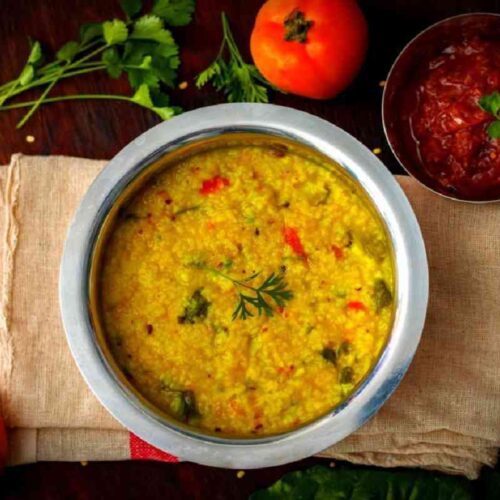
kichri
Equipment
- 1 Pressure Cooker A pressure cooker is often used to cook kichri quickly and efficiently. It helps to soften the lentils and rice faster, reducing cooking time.
- 1 Saucepan If you don't have a pressure cooker, a regular saucepan or pot can be used to cook kichri. It may take a little longer to cook.
- 1 Wooden Spoon A wooden spoon or spatula is handy for stirring the kichri while it cooks and preventing it from sticking to the bottom of the pan.
- 1 Cutting board You'll need a cutting board and a knife to chop the vegetables and herbs that you might want to add to your kichri.
- 1 Mixing bowl If you want to soak the lentils and rice before cooking, a mixing bowl can be used to combine them with water and allow them to soak for a while.
- 1 Strainer If you prefer to rinse the lentils and rice before cooking, a strainer can be used to remove any impurities or debris.
- 1 Spice Grinder If you're using whole spices in your kichri, a spice grinder or mortar and pestle can be used to grind them into a fine powder or paste.
- 1 Serving Bowls Finally, you'll need bowls or plates to serve your kichri. You can garnish it with cilantro, fried onions, or ghee (clarified butter) for added flavor.
Ingredients
- 1 cup Rice
- 1/2 Split yellow moong dal
- 2 tbsp Ghee
- 1 tbsp Cumin seeds
- 1/2 tbsp Mustard seeds
- 1/2 tbsp Turmeric powder
- 1 tbsp paste
- 2-3 Green chilies
- 2-3 tbsp Garlic cloves
- 1 med Onion
- 1 med Tomatoes
- 1 cup Mixed vegetables
- 4 cups Water
- 1/2 tbsp Garam masala powder
Instructions
- Rinse the rice and split yellow moong dal separately under running water until the water runs clear. Soak them in water for about 30 minutes, then drain and set aside.
- Heat ghee or oil in a pressure cooker or a large pot over medium heat.
- If using asafoetida, add a pinch and stir for a couple of seconds.
Video
Notes
Health Benefits of Kichri: Nourishing the Body and Soul
In addition to being a delightful comfort dish, kichri has a number of health advantages. Let’s examine it nourishing properties:
Digestive Health
The rice and lentils in rice provide a good balance of complex carbohydrates and proteins, assisting in digestion and giving off long-lasting energy.
Protein Powerhouse
Kichri is a filling choice for vegetarians and vegans because lentils are a fantastic source of plant-based protein. A full protein profile is produced as a result of the amino acids in lentils completing those in rice.
Gut Health
The fiber in lentils supports bowel movements that are regular and encourages the development of good bacteria in the gut.
Vitamins and Minerals:
Iron, magnesium, potassium, and B vitamins are just a few of the vital vitamins and minerals found in it. These nutrients promote a number of biological processes and enhance general well-being.
5 Variations of Kichri to Spice Up Your Meals
We understand the value of experimenting with various flavors and providing diversity to your meals because we are specialists in the culinary industry. Because of this, we’ve put together a list of 5 tantalizing rice varieties that are sure to liven up your eating experience.
1. Classic Kichri with a Twist
A traditional Kichri meal that mixes flavorful rice and lentils with a delicate concoction of spices is a great place to start your culinary adventure. Add crispy fried veggies, caramelized onions, and a squeeze of fresh lemon juice to the dish to enhance the flavor profile. This filling and healthy recipe is ideal for anybody looking for comfort cuisine with a dash of style.
2. Spicy and Tangy Kichri
Our spicy and tangy Kichri recipe will be right up your alley if you enjoy strong flavors. This rice recipe packs a punch thanks to the addition of flavorful spices like cumin, coriander, and red chili powder. To counteract the heat and lighten the taste, add a squeeze of lime and fresh cilantro as a garnish. Get ready for a taste experience!
3. Exotic Coconut Kichri
With our exotic Coconut Kichri recipe, you may transport your taste buds to a tropical paradise. The meal gains a creamy texture and a faint sweetness from the coconut milk’s richness. For a delicious confluence of tastes, serve it with fragrant basmati rice, soft lentils, and a variety of veggies. You’ll want more of this variety because it is such a true treat.
4. Fragrant Herb Kichri
Try our aromatic herb for a freshness and scent boost. To bring the taste of your food to a whole new level, blend it with fresh herbs like mint, cilantro, and parsley. This version is a feast for the eyes and the mouth due to the vivid green color and the refreshing flavor. It’s the ideal option for people looking for a lighter, herbal take on the classic dish.
5. Protein-Packed Quinoa Kichri
Looking for a more beneficial replacement? You need our protein-rich Quinoa rice, which is perfect. Change the rice for quinoa, a superfood grain full of minerals, fiber, and vital amino acids. For a nutritious and filling supper, mix it with veggies, lentils, and savory seasonings. Fitness fanatics or anyone on a gluten-free diet would love this variant.
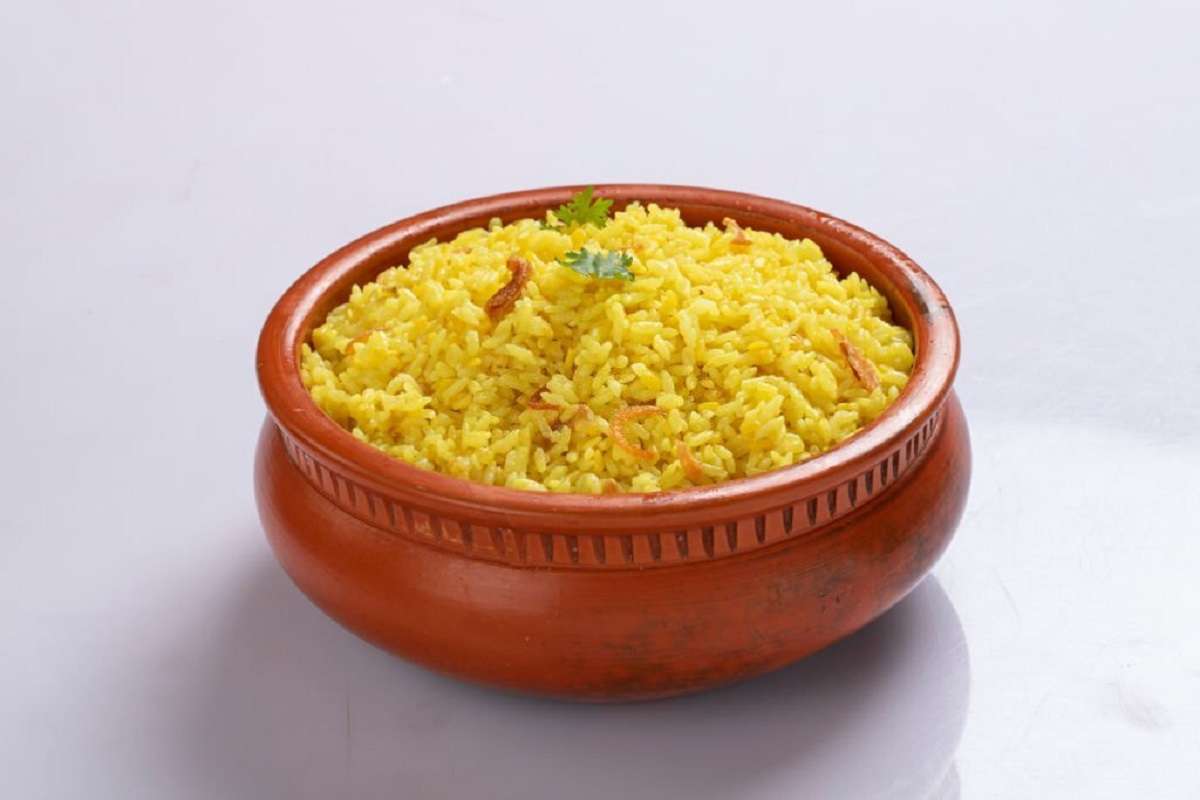
Kichri Variations from Different Regions
The numerous regional variations of Kichri throughout India are one of its most remarkable features. The dish features a great variety of flavors and textures as a result of each location adding its own special touch. Let’s examine a few well-known variations:
1. Biryani-style Kichri
This variant, which draws inspiration from the fragrant and savory Biryani, infuses it with fragrant spices like cardamom, cinnamon, and saffron. The end product is a rich, colorful dish that entices the palate.
2. Pongal (Ven Pongal)
Pongal, a delicious rice dish from South India, blends rice and lentils with cashews, black pepper, and cumin seeds. It is generally served with sambar and coconut chutney, resulting in a well-balanced combination of tastes.
3. Sabudana Khichdi
This variant, which includes potatoes, peanuts, and tapioca pearls (sago), is well-liked during fasting periods. Green chilies, cumin seeds, and fresh coriander leaves are added to the Sabudana Khichdi to give it a delicious crunch and tangy flavor.
4. Gujarati Khichdi
In this Gujarati variant, split yellow moong dal and rice are combined and cooked with turmeric, cumin, and ginger. It is frequently accompanied by pickles, kadhi, a spiced yogurt-based dish, and a dab of ghee (clarified butter).
